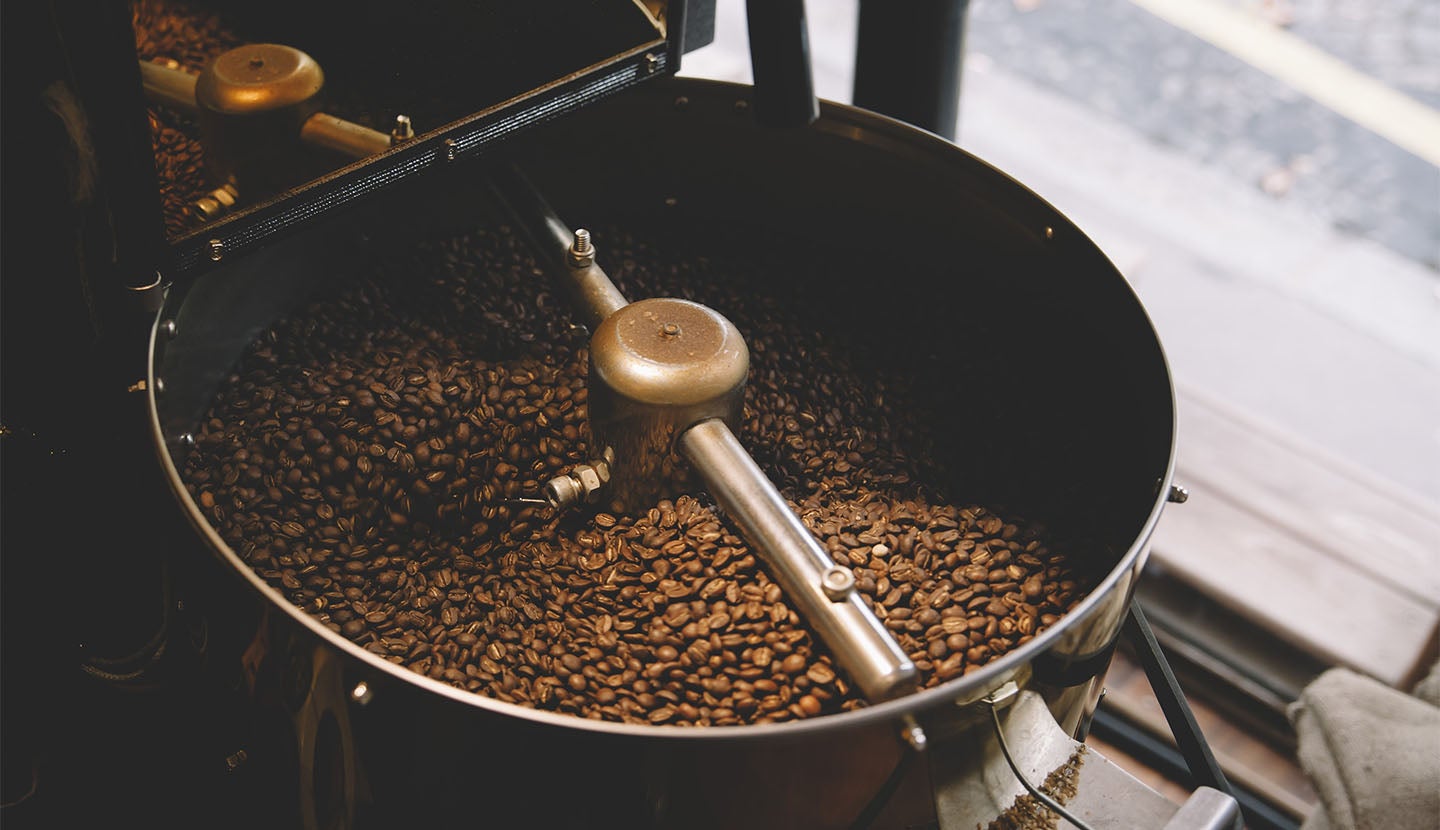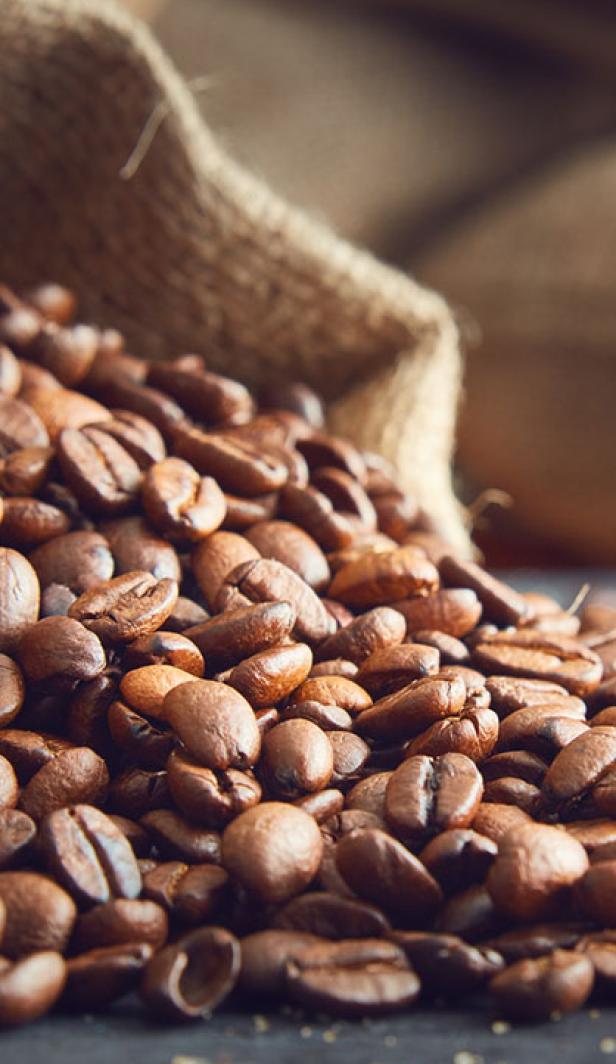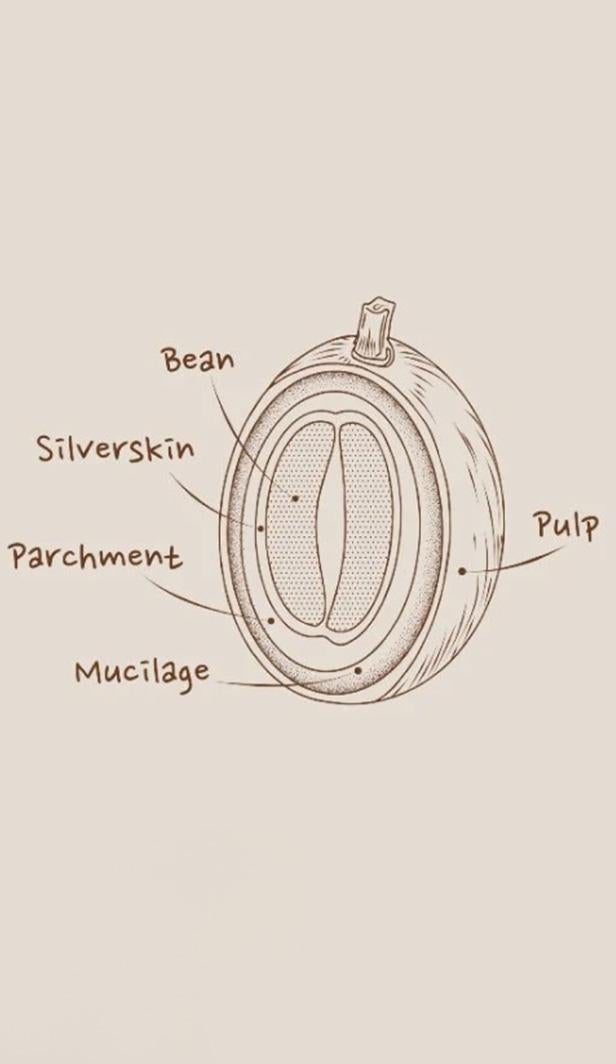What is a Coffee Roastery?
A coffee roastery is the heart of our delicate, smooth and simply irresistible coffee blends. Our specially hand-picked and carefully sourced beans are sent around the world to the roastery which is where coffee beans are roasted before being crushed down to make coffee.
Coffee roasters have to find the coffee and buy it, they source the coffee through warehouse and catalogue sales or through direct trade, which is the most popular way of sourcing. Coffee roasting is an art that requires a high degree of knowledge and experience to produce level roast profiles. Coffee must be closely monitored during the roasting process and scientific principles of heat transfer, thermodynamics and coffee chemistry must be applied to ensure the highest standard of quality and flavour come through in the final product, the roasted bean.
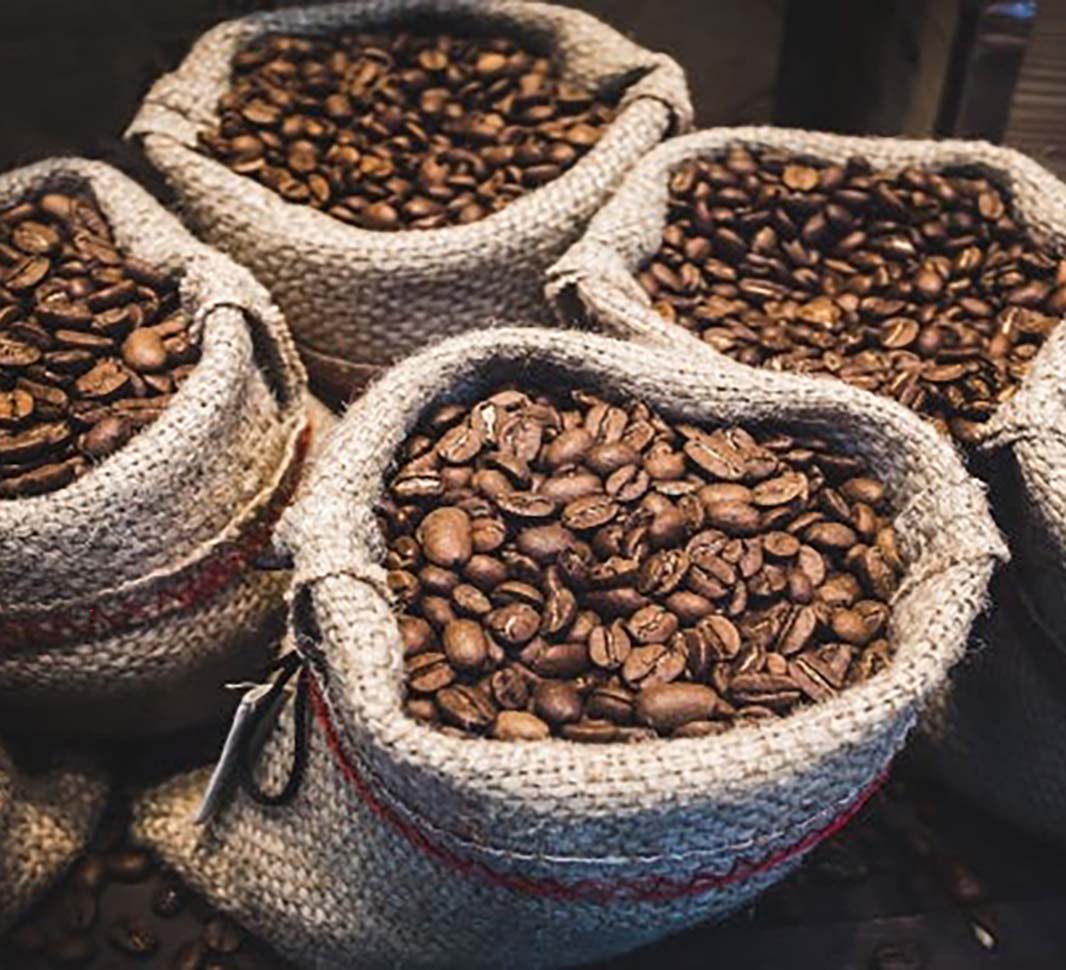
The History of a Coffee Roastery
Coffee, as we all know has a long, rich history, and the preparation of roasting coffee beans to make a drink, is much the same today.
The first known roasting tools were tin, perforated pans that were used over an open flame. The roaster would then use spoons to circulate the beans around and ensure even roasting. Only a small amount could be roasted at one time, and the stirring meant that the roaster had to pay great attention throughout the whole process.
This prompted coffee lovers to start experimenting with new methods, as the old ones proved to be a messy and inconsistent method.
The Cylindrical Coffee Roaster
The Cylindrical coffee roaster is said to originate in Grand Cairo in the 17th century. These devices enclosed the coffee beans, allowing the heat to develop inside the chamber. The chamber featured a hand crank to move the beans around consistently whilst the beans were held over an open fire. The design spread through Europe and the Americas as colonialism grew the coffee industry.
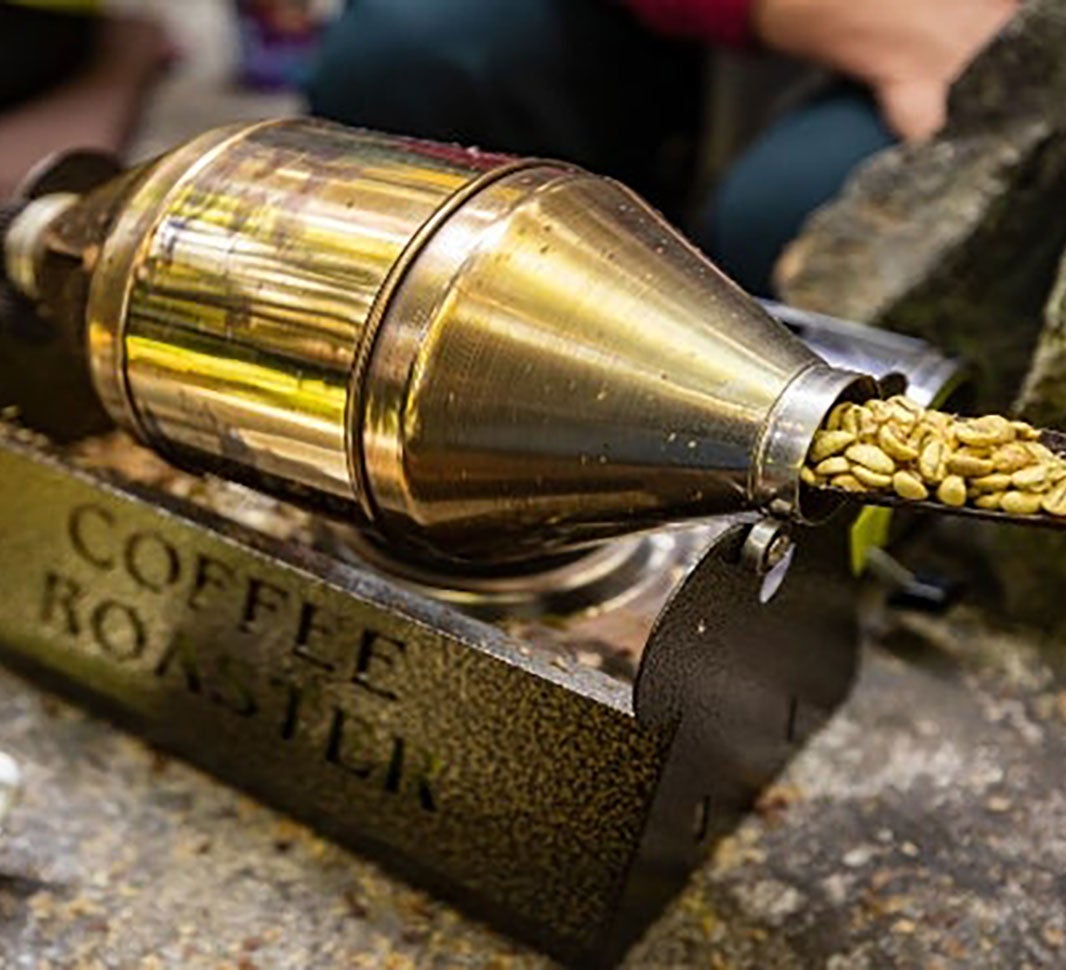
The Industrial Coffee Roaster
Coffee roasting was no exception to the industrial revolution. Many early industrial roasters used large cylinders placed over a heat source. Until the introduction of gas supplies throughout urban centres, wood or coal would be used. This resulted in coffee having a smoky flavour, so when natural gas became available, it’s no surprise that it quickly became the roasters preferred heat source.
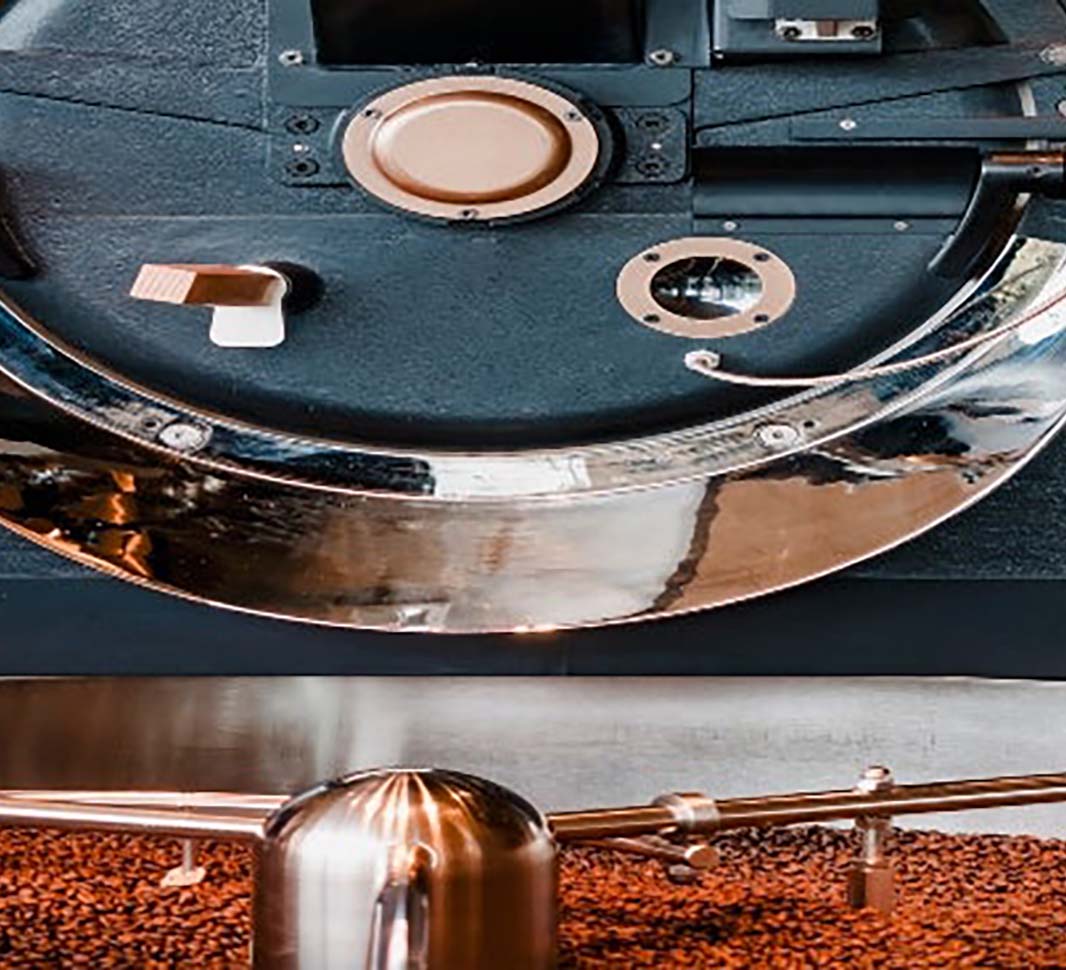
Fluid-Bed Roasters
Drum roasters based on 19th century ideas, are still the roaster design choice today. However, in the 1970’s, fluid-bed or hot-air roaster entered the coffee bean roasting scene. The fluid-bed roaster forces air through a screen under the coffee beans with enough strength to lift the beans. Heat is then transferred to the beans as they tumble around. Roasters have largely dismissed fluid-bed roasters, as they do not provide the same quality of roast.
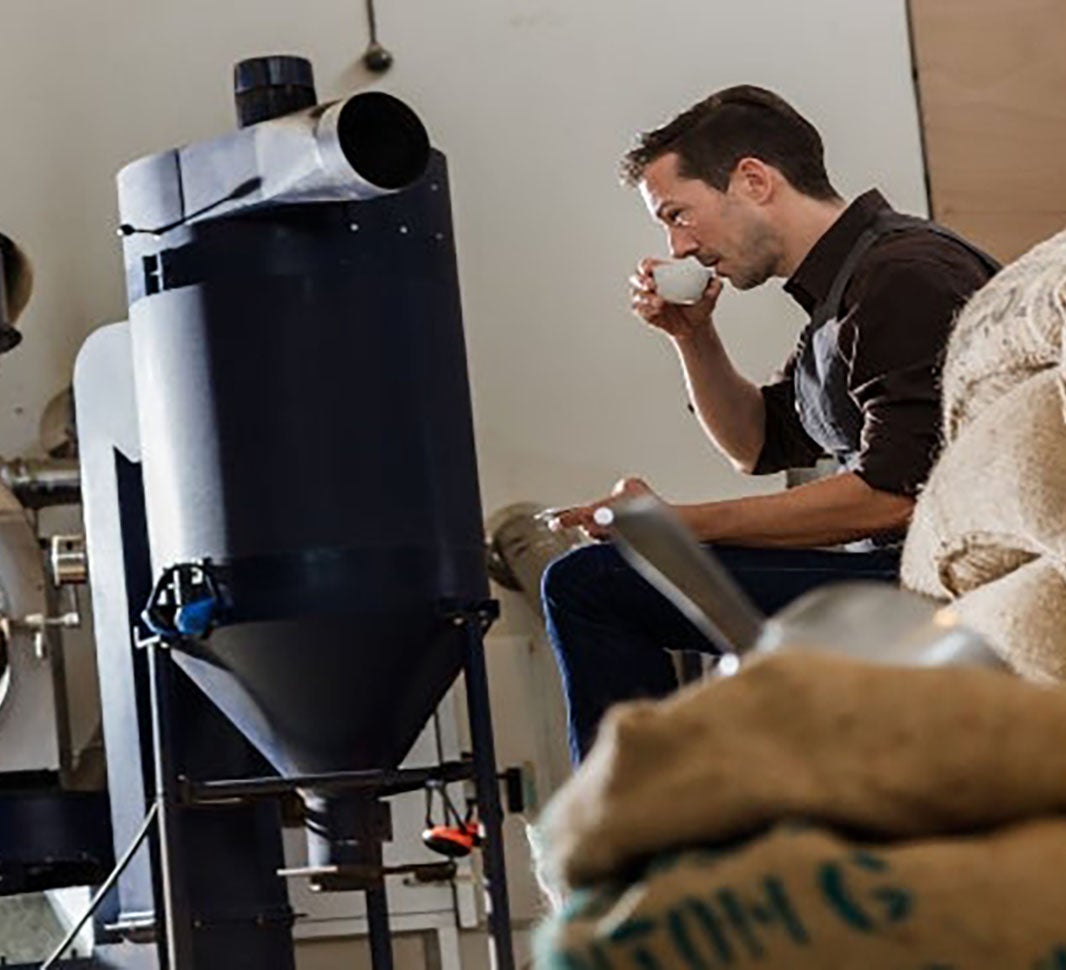
What happens inside the coffee roastery?
There are over 600 coffee roasters in the UK alone. Once the coffee beans have arrived at the NESCAFÉ Roastery, in the green bean reception, the process has started. The coffee beans are filtered, cleaned and then sent to the next stages of its roasting journey.
The beans are easily blown around the factory using compressed air, transporting them from one stage to the next. 175,000 jars of roasted coffee are produced in the factory, enough to supply the whole of Manchester for a whole month. Beans are taken from different silos to create the infamous 5-bean blend.
Coffee beans, once in the factory are each given a grade depending on their quality. The care that goes into making the perfect coffee is to a high standard. Beans that are burnt can have detrimental effect on the overall flavour of the roastery coffee, and therefore are pre-heated before being roasted. Once roasted the beans are dropped down into a cooler, to stop the roasting process. The beans don’t continue to roast before being sent to be ground down.
Overall, the coffee bean experiences total transformation on all levels. One of the immediate obvious changes is the colour of the bean itself, their brown-green colour becomes a dark-yellow as they heat up and then it changes to the dark brown, when the sugars and amino acids in the bean combine under the heat to produce what is called melanoidins. The longer the roast, the darker the bean becomes and the stronger the flavour, hence why coffee roast types often being referred to as being a light, medium or dark roast.
With modern coffee roasting being better informed by the understanding of coffee chemistry and what changes happen during the process, it’s no wonder we have the extraordinary flavours and combinations on offer that we do today. Roasters are better equipped to measure variables and analyse why a roast was successful or not. With technologies such as temperature readings and modern software, they can be more efficient and consistent than ever before.
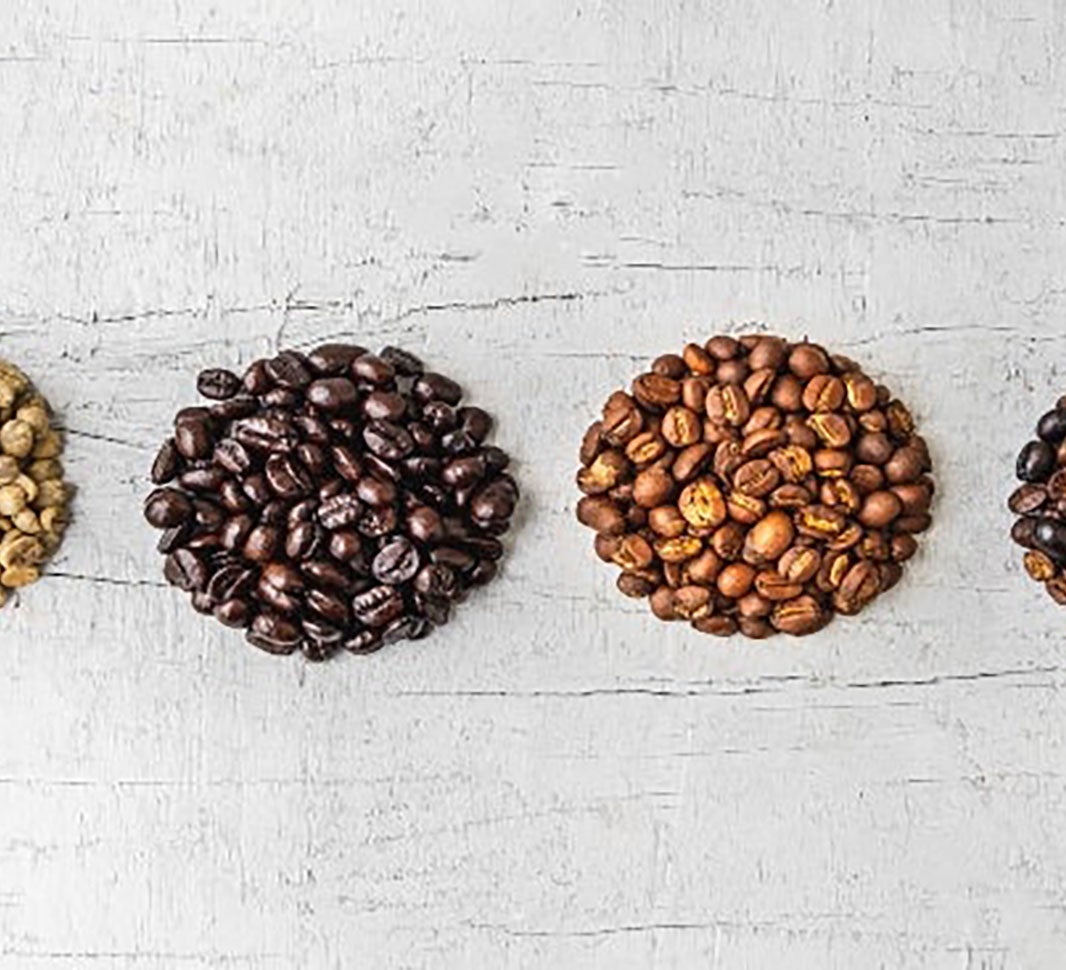
So, now that you’ve had a small insight into the coffee roastery, and what goes on behind the scenes, hopefully you’ll be able to enjoy your specially created blend that little bit more. Want to know more about how coffee is made? Read our article on what instant coffee is next.
Today’s community favourites


